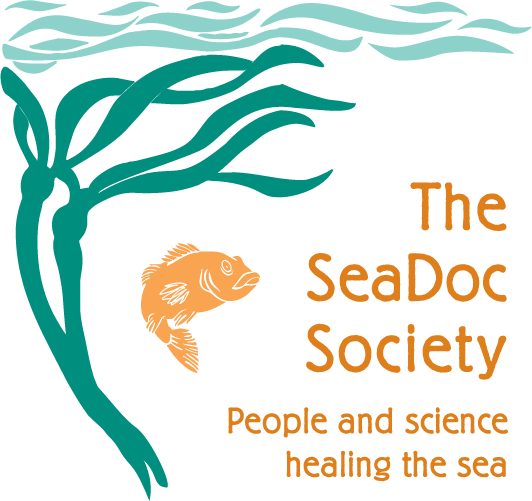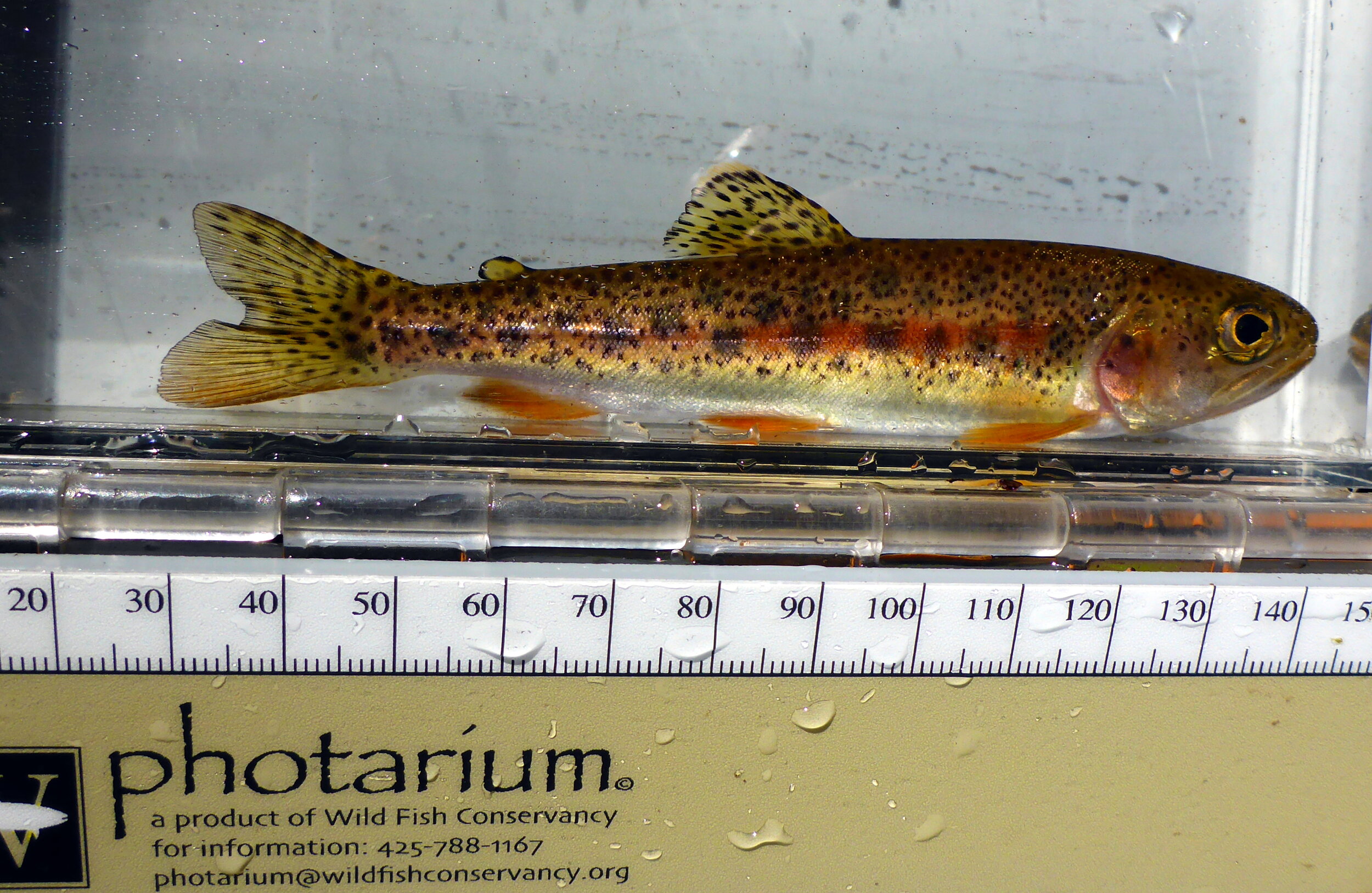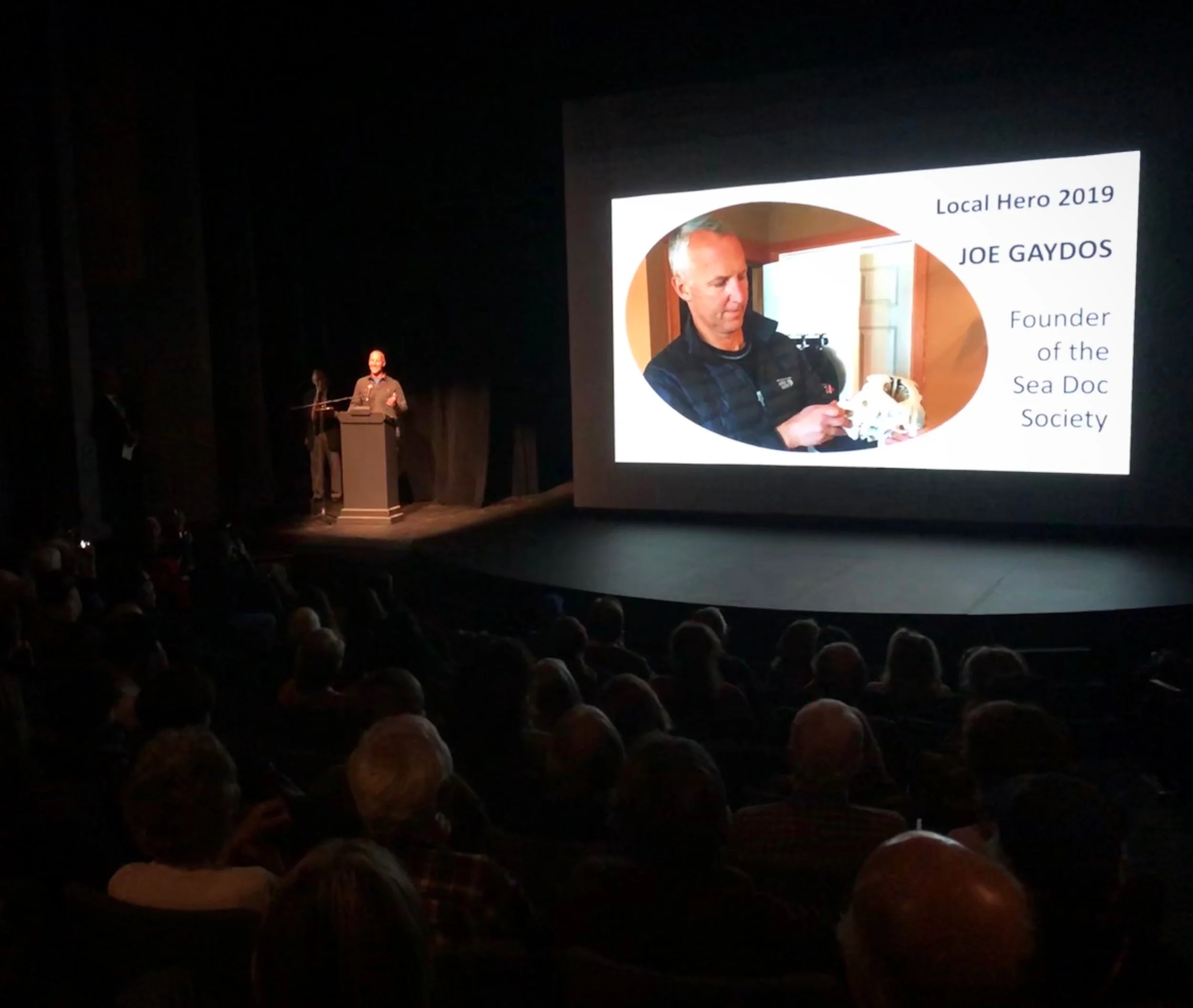Locals throughout the Salish Sea have long told stories of coastal cutthroat trout, with their distinctive blood-red slashes at the base of their jaws, flourishing right here in our streams. That’s far from the case now, but it was enough evidence for SeaDoc to fund a unique collaboration of scientists to scout the small streams of the San Juan Islands for these native “cutts,” the least-studied of all local salmonid species.
That team of scientists from Wild Fish Conservancy, Long Live the Kings, Speckled Trout Consulting, Kwiaht, and Washington Department of Fish and Wildlife recently published their findings in Conservation Genetics. You can read it in full here: Genetic composition and conservation status of coastal cutthroat trout (Oncorhynchus clarki clarki) in the San Juan Islands, Washington. The paper was written by Jamie Glasgow, Jennifer D. De Groot, and Maureen P. Small.

















